Chatbot vs. Live Chat Best Practices for Customer Service
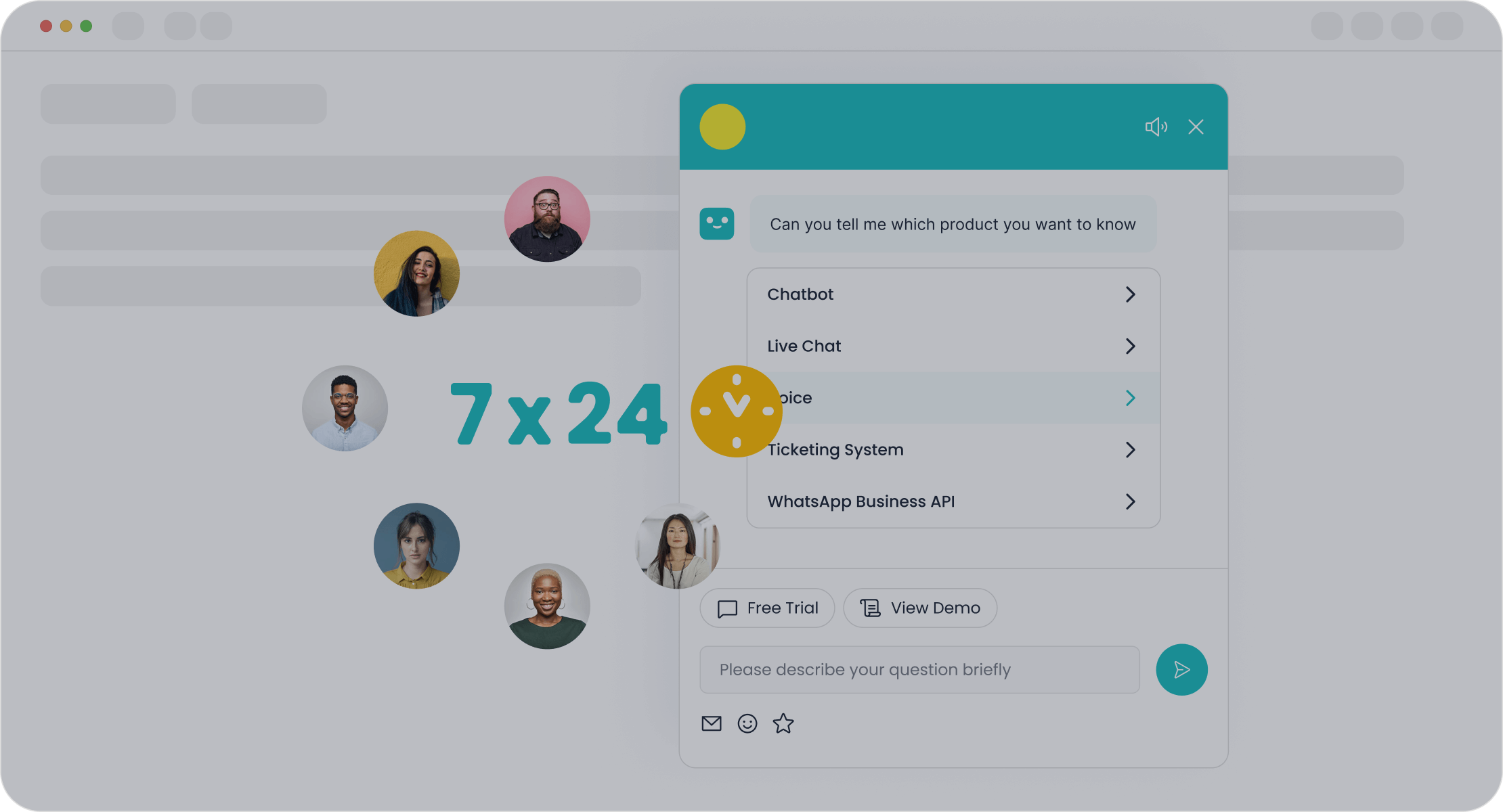
Imagine needing help with an order late at night. Would you rather chat with a friendly AI or wait for a live agent? In today’s world, you want quick, personal customer service. That’s why over 40% of support teams use live chat, while 44% of businesses plan to invest in chatbots this year. People expect fast, reliable customer support—52% want answers in a day. You can create amazing customer-centric engagement by choosing the right mix. Sobot AI and omnichannel platforms help you deliver a seamless customer service experience, blending both chatbot vs. live chat for the best results.
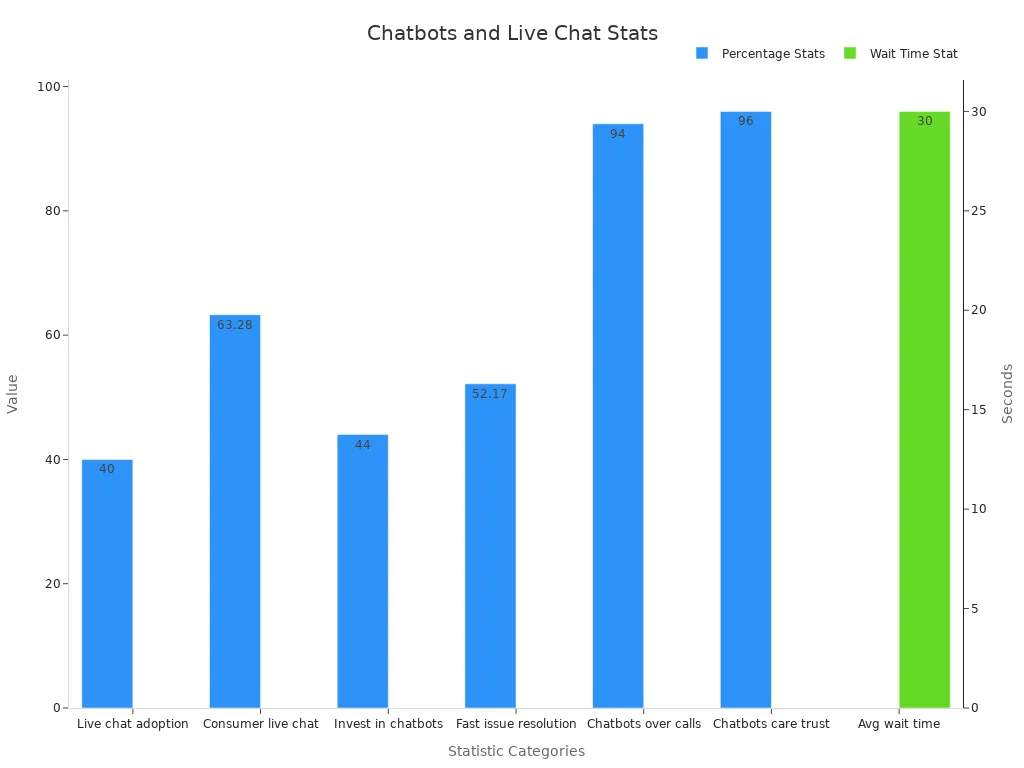
Chatbot vs. Live Chat: Key Differences

Chatbots Explained
Chatbots are smart programs that talk with you online. They use AI to answer questions, help with orders, or guide you through a website. You get instant replies, even at midnight. Many customer service chatbots, like Sobot’s, work across different apps and languages. They can handle lots of questions at once, so you never have to wait in line. About 64% of people like chatbots because they are always available, and 80% have used one before. Chatbots are great for quick answers and simple tasks.
Live Chat Overview
Live chat connects you with a real person for help. You type your question, and an agent responds in real time. This feels personal and friendly. Many people prefer live chat for tricky or sensitive problems. In fact, 63% of customers say they like live chat best for support, and 86% of live chat chats end with happy customers. Sobot’s live chat brings all your messages into one place, making it easy for agents to help you fast. Live chat is perfect when you need a human touch.
Strengths and Weaknesses
Let’s compare chatbot vs. live chat using a table:
| Feature | Chatbots | Live Chat |
|---|---|---|
| Response Time | Instant, 24/7 | Fast, but depends on agent availability |
| Personalization | Basic, improving with AI | High, with empathy and understanding |
| Scalability | Handles unlimited chats | Limited by number of agents |
| Cost | Cost-effective for high volumes | Higher, needs more staff for scaling |
| Best For | Simple, repetitive questions | Complex, sensitive, or urgent issues |
You can see chatbots shine with speed and cost, while live chat wins with personal care.
Use Cases in Customer Service
You might wonder when to use each tool. Here are some real-world examples:
- Retailers use chatbots for order tracking and FAQs, while live chat helps with returns or complaints.
- Healthcare chat support uses chatbots for appointment reminders, but live chat for urgent medical questions.
- Brands like OPPO use Sobot’s chatbot to answer common questions, freeing agents for more complex service.
Tip: The best customer experience often comes from combining chatbot vs. live chat. Chatbots handle simple requests, and live chat steps in for bigger problems.
Chatbots: Best Practices
When to Use Chatbots
You want to know when chatbots work best in customer service. The answer is simple: use them for repetitive questions and tasks that don’t need a human touch. Chatbots shine when you need 24/7 customer support, instant answers, and better response times. Here are some common scenarios:
- Chatbots handle order tracking, password resets, and FAQs.
- In healthcare, chatbots help with appointment scheduling and basic questions.
- Retailers use chatbots for product recommendations and order updates.
- Customer service chatbots free up your agents so they can focus on complex issues.
Let’s look at how other companies use chatbots:
| Scenario / Company | Chatbot Use Case Description | Quantitative Evidence of Effectiveness |
|---|---|---|
| HubSpot | Handles customer queries with natural language processing; proactive assistance with resources | Engagement rates increased by up to 55% |
| Adobe | Directs users to relevant tutorials and resources for software issues | Average handling time reduced by up to 30% |
| T-Mobile (T-Force) | First contact chatbot that connects to live reps for complex issues | Resolution rate 40% faster with seamless live handoff |
| Domino’s Pizza (Dom) | Simplifies ordering and tracking; promotes deals | Online orders increased by 15% |
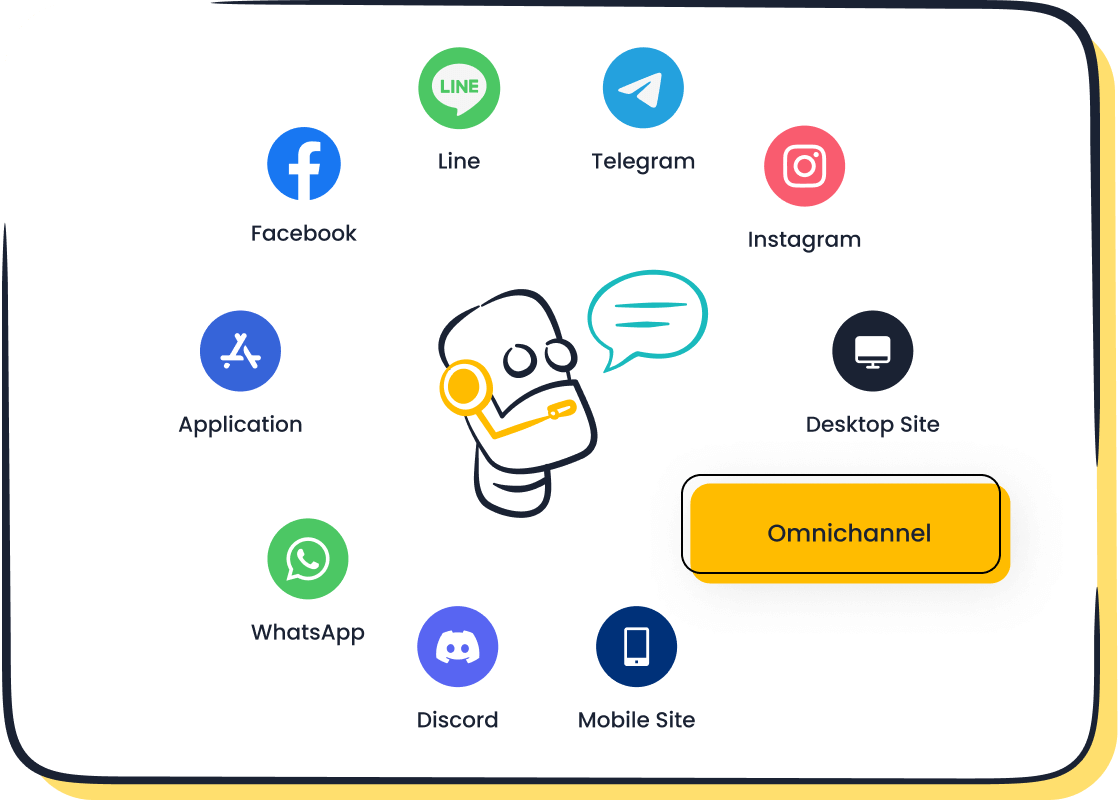
Sobot’s AI-powered chatbot fits right into these scenarios. It works across channels, speaks multiple languages, and never sleeps. You get a tool that boosts efficiency and keeps your customers happy.
Setting Expectations
You need to set clear expectations when using chatbots. Customers often expect chatbots to act like humans, which can lead to disappointment if things go wrong. Here’s how you can manage this:
- Let customers know they’re chatting with a bot.
- Explain what the chatbot can and cannot do.
- Use a friendly, social tone to make the experience warmer.
- Offer an easy way to reach a live agent if needed.
If you set the right expectations, you build trust and avoid frustration. Studies show that when chatbots use a social style, people feel more satisfied—even if the bot can’t solve every problem. But if you promise too much, customers may lose trust in your service.
Tip: Always give customers a way to talk to a real person if the chatbot can’t help.
Automation and Integration
You get the most out of chatbots when you connect them with your other customer service tools. Sobot’s chatbot makes this easy with no-code setup and seamless integration. Here’s why integration matters:
- Chatbots can pull customer data from your CRM for personalized responses.
- Automation of tasks like scheduling or order updates saves time for everyone.
- You can integrate with existing customer service channels, so customers get help wherever they are—on WhatsApp, SMS, or your website.
Did you know that 74% of internet users prefer chatbots for simple questions? Businesses that use chatbots see 90% faster complaint resolution and higher customer satisfaction. Sobot’s omnichannel support means you can manage all your chats in one place, making your team more efficient.
Note: Integrating chatbots with your CRM and CX systems helps you deliver a smooth, unified customer experience.
Continuous Improvement
You can’t just set up a chatbot and forget about it. To keep your chatbot helpful, you need to track its performance and make regular updates. Here’s what you should watch:
- Monitor average response time to make sure your chatbot stays quick.
- Check fallback rates to see where the chatbot gets stuck.
- Look at user feedback and satisfaction scores.
- Track how many users return and where they drop off.
Sobot’s chatbot gives you detailed reports and analytics, so you can spot trends and fix problems fast. For example, OPPO used Sobot’s chatbot to handle a surge in customer questions during shopping festivals. By optimizing their knowledge base and using AI automation, OPPO reached an 83% chatbot resolution rate and a 94% positive feedback rate. They also saw a 57% increase in repurchase rate. This shows how continuous improvement leads to real business results.
Keep testing and updating your chatbot. Use customer feedback and analytics to make it smarter and more helpful over time.
Live Chat: Best Practices
Personalization
You want every customer to feel special when they use chat support. Live chat gives you the power to tailor the customer’s experience in real time. You can greet customers by name, use your brand’s colors and logo, and even add agent avatars. These small touches help build trust and make your service stand out.
When you use Sobot’s live chat, you get a unified inbox that brings all your customer messages together. This means you can see past conversations, purchase history, and loyalty points. You can tailor the customer’s experience by offering personalized assistance based on their needs. For example, if a customer asks about an order, you can quickly check their details and give a fast, accurate response.
- Use friendly, empathetic language.
- Avoid jargon and keep things simple.
- Offer personalized welcome messages.
- Make sure agents have access to up-to-date FAQs and knowledge bases.
A CGS study found that 86% of people prefer talking to live agents over bots for complex issues. When you combine automation for simple questions with live chat for tricky ones, you get better response times and higher satisfaction. Personalization in live chat leads to more engagement and happier customers.
Agent Training
Your live agents are the heart of great chat support. You need to train them well so they can deliver fast, helpful, and friendly service. Training should cover typing speed, multitasking, product knowledge, and empathy. Agents should also learn how to use live chat tools, like canned responses and analytics.
Top companies know that customers expect a reply in under five minutes. The average first response time is just 46 seconds. To meet these expectations, you should run regular training sessions and give feedback. Sobot’s AI-enhanced workspace helps agents by showing customer data and chat history, making it easier to give personalized assistance.
- Teach agents to use positive language.
- Practice active listening.
- Encourage openness to feedback.
- Use quality assurance to track response times and customer satisfaction.
Proactive customer engagement starts with well-trained agents. When your team feels confident, they create better engagement and stronger customer relationships.
Chat Etiquette
Good manners matter in live chat. You want every chat support session to feel friendly and professional. Start by introducing yourself and using the customer’s name. Proofread your messages before sending them. Always explain solutions in a way the customer understands.
Here are some key etiquette rules for live chat:
- Keep a positive, helpful tone.
- Avoid grammar mistakes.
- Listen to the customer’s concerns.
- Personalize your responses.
- End chats with a polite request for feedback.
Studies show that following these rules increases customer trust and loyalty. Rudeness or unclear messages can hurt your brand. When you use Sobot’s live chat, you can set up templates and reminders to help agents follow the best etiquette. This leads to better engagement and a more consistent customer experience.
Escalation Process
Sometimes, a customer’s problem is too complex for chat support alone. You need a clear escalation process to handle these cases. Start by setting guidelines for when to bring in a specialist or supervisor. Keep the customer informed during the handoff.
Sobot’s live chat lets you move conversations smoothly between agents or teams. AI-driven tools can track metrics like first contact resolution and customer satisfaction. This helps you spot issues and improve your process. You can also collect real-time feedback to make your escalation process even better.
- Use AI to triage simple questions.
- Escalate complex issues to live agents quickly.
- Monitor metrics like resolution time and satisfaction.
- Balance agent workload to avoid burnout.
A strong escalation process means customers get the help they need, fast. This boosts engagement and keeps satisfaction high.
Integrating Chatbots and Live Chat
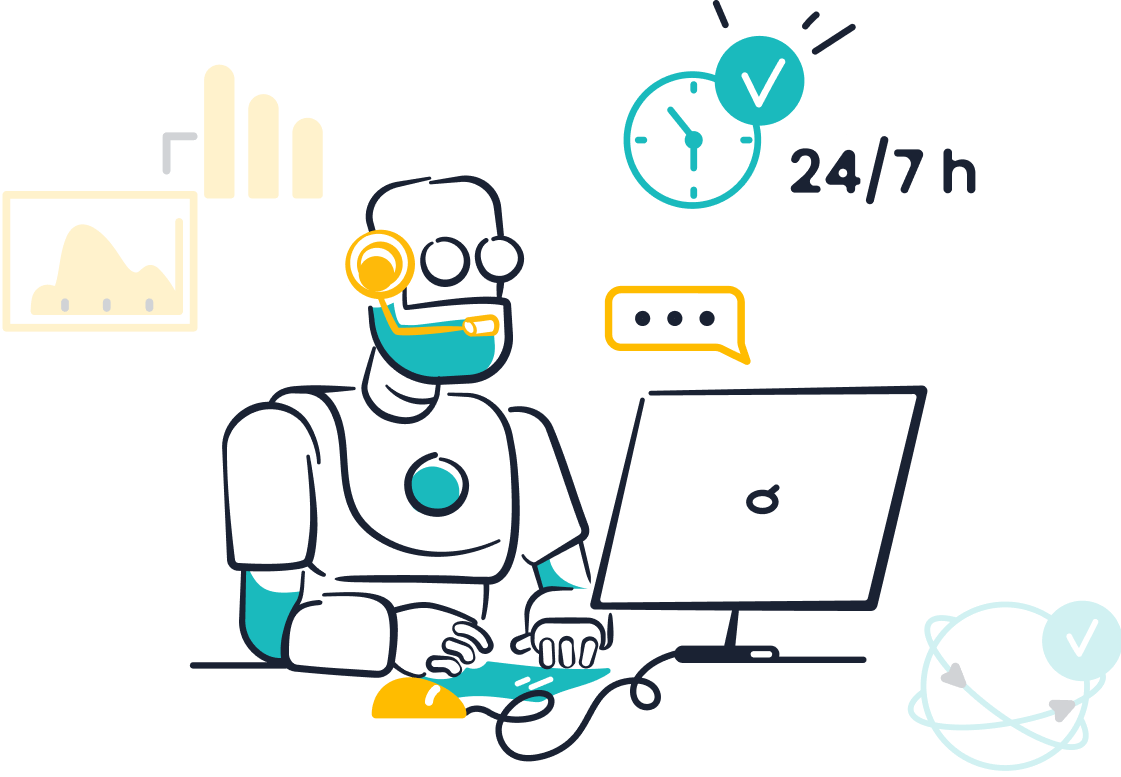
Seamless Handoffs
You want your customer support to feel smooth, even when switching between chatbots and live agents. With seamless handoffs, customers never have to repeat themselves. Chatbots handle simple questions first. When things get tricky, they transfer the chat to a real person. This keeps the conversation going without any bumps. Sobot’s omnichannel solution makes this easy by keeping all customer data in one place. Agents see the full chat history, so they can jump in and help right away. This approach boosts satisfaction and saves time for everyone. Proactively switching to a live agent when needed means customers always get the right help at the right time.
Omnichannel Support
Customers use many support channels—like websites, mobile apps, and social media. You need to meet them wherever they are. Sobot’s omnichannel platform lets you connect chatbots and live chat across all these places. This means your customer support is always available, no matter the channel. Here’s what makes omnichannel support powerful:
- Chatbots answer questions 24/7 on any device.
- Live agents handle complex issues on chat, phone, or even video.
- Customers can start a chat on one channel and transfer to another without losing context.
Check out these stats that show why omnichannel matters:
| Statistic | Value | What It Means |
|---|---|---|
| CEOs using AI chatbots for engagement | ~80% | AI boosts responsiveness |
| Customers preferring real agents | 86% | Human touch is key |
| Live chat increases conversions | 20% | More sales with chat support |
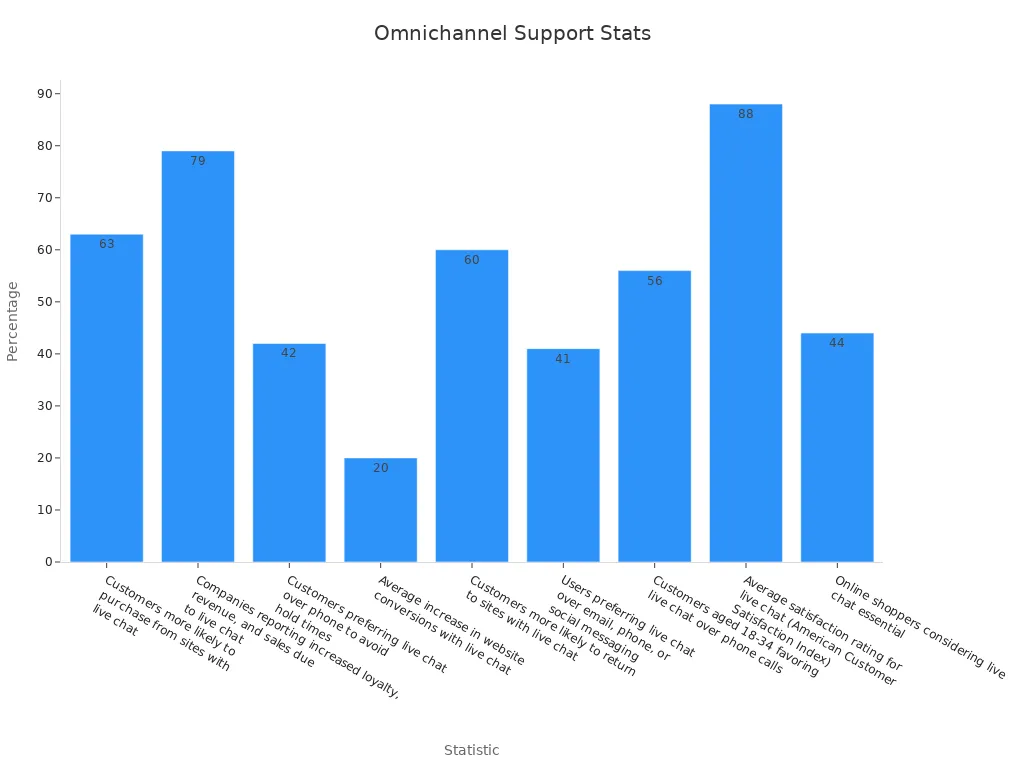
Consistent Experience
You want every customer to get the same great service, no matter which support channels they use. By combining chatbots and live chat, you create a consistent customer experience. Chatbots handle routine questions quickly. When they transfer a chat, agents see all the details and keep the conversation personal. Sobot’s unified workspace helps agents track customer support history and respond faster. This leads to higher satisfaction and loyalty. Metrics like CSAT, first contact resolution, and response times show how well your team delivers. When you use both chatbots and live chat together, you boost efficiency and make sure every customer feels valued.
Customer Service Strategy
Assessing Needs
You want your customer service to match what your customers really need. Start with the "Look, Ask, Try" method. Watch how people use your service. Ask open-ended questions to find out what frustrates them. Try your own support channels to see where things get stuck. Here’s what you can use:
- Map the customer journey to spot pain points.
- Interview customers and collect customer feedback.
- Gather insights from your team and stakeholders.
- Check industry standards like the Service Capability & Performance (SCP) Standards.
Tools like balanced scorecards and storyboarding help you set clear goals. Customer interviews give you direct input, so you can spot new opportunities for engagement. Sobot’s omnichannel platform makes it easy to track these needs across every channel.
Measuring Success
You need to know if your customer service strategy works. Use both numbers and stories. Track metrics like Customer Effort Score (CES), First Contact Resolution (FCR), and Customer Satisfaction Score (CSAT). Companies like Zappos and American Express use these to improve their service and boost engagement.
Here’s a quick look at how you can measure alignment with your business goals:
| Category | Assessment Criteria / Metrics | Purpose / Support for Alignment |
|---|---|---|
| Customer Segment Validation | Need patterns, size, value, willingness to pay | Make sure you target the right groups |
| Solution Approach Validation | Value, differentiation, feasibility | Check if your service stands out and meets needs |
| Business Model Validation | Willingness to pay, delivery cost, scalability | Ensure your service brings value and can grow |
| Strategy Impact Metrics | Adjustment frequency, resource reallocation | See how your strategy adapts and improves |
| Execution Effectiveness Metrics | Strategic alignment, resource efficiency, time to market | Track how well you put your plan into action |
| Business Impact Metrics | ROI improvement, market traction, growth acceleration | Connect your strategy to real business results |
You can also use CRM analytics and customer feedback to see what works best. Sobot’s reporting tools help you monitor these metrics in real time.
Continuous Optimization
Great customer service never stands still. You should always look for ways to improve. Use methods like Total Quality Management (TQM), Lean, Kaizen, and the Plan-Do-Check-Act (PDCA) cycle. These help you make small changes that add up over time.
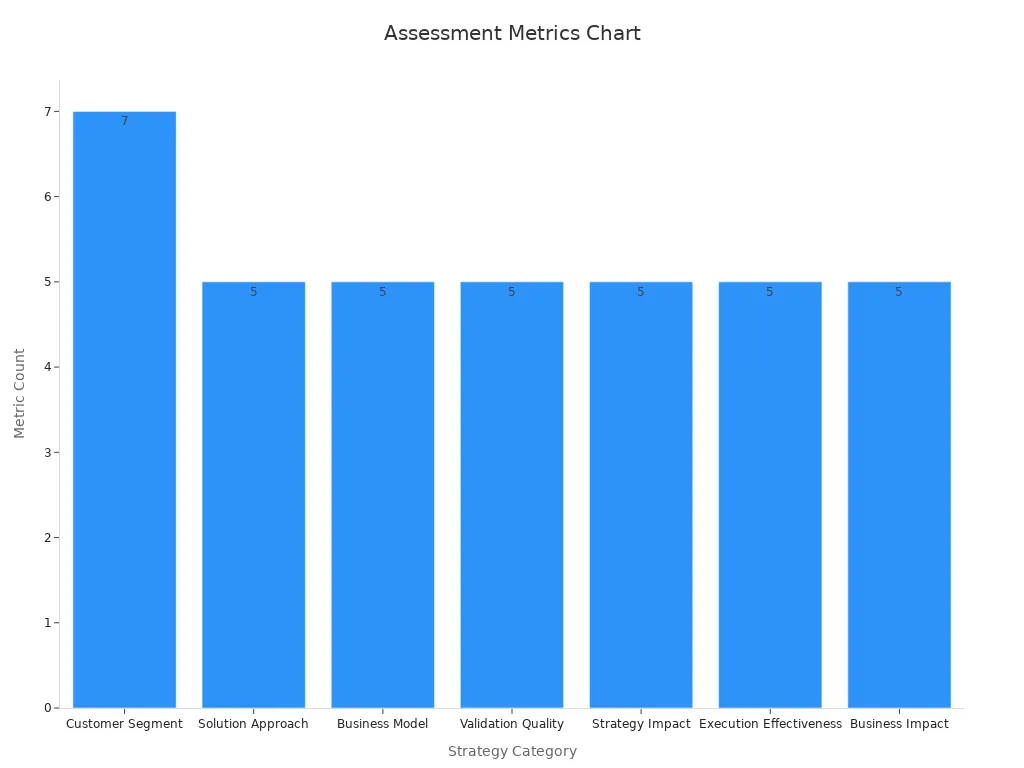
Try these steps:
- Hold daily team huddles to share ideas.
- Use Kanban boards to track progress.
- Collect customer feedback after every interaction.
- Review your KPIs and adjust your strategy as needed.
Sobot’s unified workspace lets you spot trends and act fast. When you listen to your customers and your team, you keep your service fresh and effective.
To deliver top-notch customer service, you should balance chatbots and live chat. Try these steps:
- Offer 24/7 support with chatbots for quick answers.
- Scale up during busy times to keep wait times low.
- Personalize every chat, whether it’s a bot or a live agent.
- Use Sobot’s omnichannel tools to connect all your channels.
- Review feedback and analytics often to boost satisfaction.
Keep improving your approach. Your customers will notice the difference.
FAQ
What’s the main difference between chatbot vs. live chat?
You get instant answers from chatbots, even at midnight. Live chat connects you with a real person for more personal help. Most companies use both to cover all customer needs. Sobot’s platform lets you blend both for a seamless experience.
When should I use chatbot vs. live chat for customer service?
Use chatbots for simple, repetitive questions like order tracking or FAQs. Choose live chat when you need a human touch for complex or sensitive issues. Sobot’s omnichannel solution helps you switch between both easily.
Can chatbots and live chat work together?
Yes! You can start with a chatbot for quick answers. If things get tricky, the chatbot hands you off to a live agent. Sobot’s unified workspace keeps the conversation smooth, so you never repeat yourself.
How does Sobot improve chatbot vs. live chat support?
Sobot’s AI chatbot works 24/7, speaks many languages, and connects with your favorite apps. Live chat brings all your messages into one inbox. You get faster replies and higher satisfaction. OPPO saw an 83% chatbot resolution rate using Sobot.
Is chatbot vs. live chat better for saving costs?
Chatbots save you money by handling lots of chats at once. Live chat needs more agents, which can cost more. Sobot’s chatbot can cut expenses by up to 50% while keeping customers happy. Learn more about Sobot’s chatbot.
See Also
Expert Strategies To Excel In Live Chat Support
Top Ten Ways To Improve Customer Satisfaction Via Chat
Ways Chatbots Enhance Satisfaction For Online Shoppers
